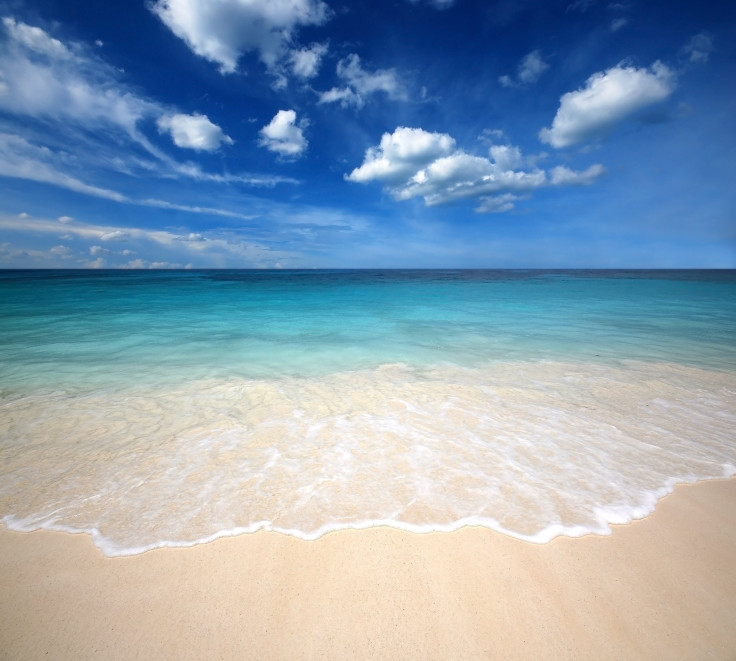
Who would have thought that under our saltwater ocean would like a massive reserve of freshwater? That's exactly what scientists have found, in a groundbreaking and surprising new study. The finding is especially surprising, given that there is a global water crisis on the world's hands. While a whopping 70 percent of the Earth's surface is covered in water, a mere 2.5 percent of that water is fresh. Keeping that fact in mind, consider this: It has been estimated that by 2025, 1.8 billion people in the world will be living in regions that will have a shortage of water and according to the United Nations, 50 percent of the world will be living in high water stress by 2030. And the crisis is not limited to the future--780 million people lack access to clean water and 3.4 million people die each year from a water-related disease.
The study, published on Dec. 5 in the journal Nature, estimates that there is a half-a-million cubic kilometers of freshwater off the coasts of North America, South Africa, China and Australia. "The volume of this water resource is a hundred times greater than the amount we've extracted from the Earth's sub-surface in the past century since 1900," the study's lead author Dr. Vincent Post said, according to Science Daily. "Knowing about these reserves is great news because this volume of water could sustain some regions for decades." But Dr. Post also warns that accessing this water would require offshore drilling and this would be a very expensive endeavor. "Freshwater under the seabed is much less salty than seawater," Dr. Post says. "This means it can be converted to drinking water with less energy than seawater desalination, and it would also leave us with a lot less hyper-saline water. Freshwater on our planet is increasingly under stress and strain so the discovery of significant new stores off the coast is very exciting. It means that more options can be considered to help reduce the impact of droughts and continental water shortages."
According to Dr. Post, scientists were aware of the freshwater reserves, but were under the belief that they existed in special conditions. Curious how this formed? According to Dr. Post, the freshwater reserves were formed over hundreds of thousands of years when coast lines were further out and the sea level was lower than it is today. "Our research shows that fresh and brackish aquifers below the seabed are actually quite a common phenomenon," he says to Science Daily. "So when it rained, the water would infiltrate into the ground and fill up the water table in areas that are nowadays under the sea. It happened all around the world, and when the sea level rose when ice caps started melting some 20,000 years ago, these areas were covered by the ocean. Many aquifers were -- and are still -- protected from seawater by layers of clay and sediment that sit on top of them."
Image courtesy of Thaiview
© 2025 Latin Times. All rights reserved. Do not reproduce without permission.





